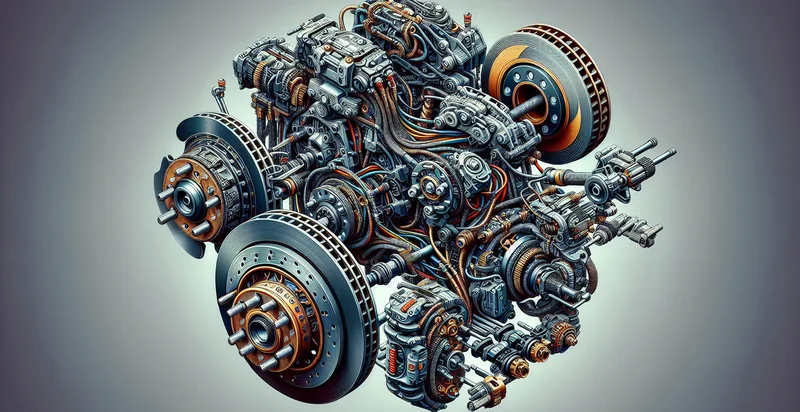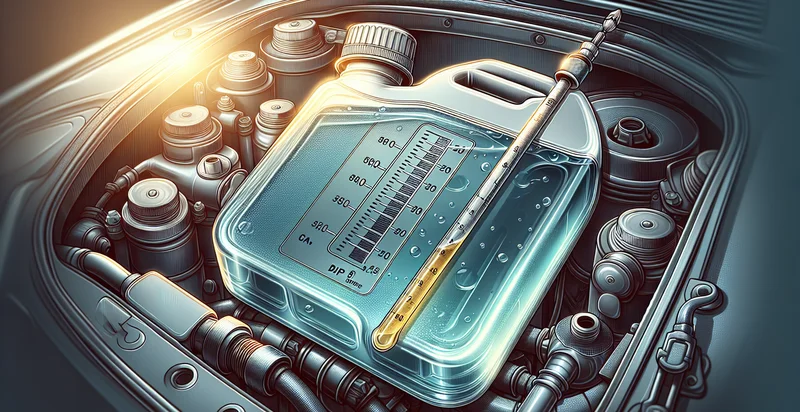Identify brake systems
using AI
Below is a free classifier to identify brake systems. Just upload your image, and our AI will predict the type of brake system in vehicles - in just seconds.

Contact us for API access
Or, use Nyckel to build highly-accurate custom classifiers in just minutes. No PhD required.
Get started
import nyckel
credentials = nyckel.Credentials("YOUR_CLIENT_ID", "YOUR_CLIENT_SECRET")
nyckel.invoke("brake-systems", "your_image_url", credentials)
fetch('https://www.nyckel.com/v1/functions/brake-systems/invoke', {
method: 'POST',
headers: {
'Authorization': 'Bearer ' + 'YOUR_BEARER_TOKEN',
'Content-Type': 'application/json',
},
body: JSON.stringify(
{"data": "your_image_url"}
)
})
.then(response => response.json())
.then(data => console.log(data));
curl -X POST \
-H "Content-Type: application/json" \
-H "Authorization: Bearer YOUR_BEARER_TOKEN" \
-d '{"data": "your_image_url"}' \
https://www.nyckel.com/v1/functions/brake-systems/invoke
How this classifier works
To start, upload your image. Our AI tool will then predict the type of brake system in vehicles.
This pretrained image model uses a Nyckel-created dataset and has 26 labels, including Ads, Akebono, Ate, Bosch, Brembo, Centric, Delphi, Ford, Gid and Gm.
We'll also show a confidence score (the higher the number, the more confident the AI model is around the type of brake system in vehicles).
Whether you're just curious or building brake systems detection into your application, we hope our classifier proves helpful.
Related Classifiers
Need to identify brake systems at scale?
Get API or Zapier access to this classifier for free. It's perfect for:
- Quality Control in Manufacturing: The false image classification function can be integrated into production lines to assess brake systems' images for defects. By accurately identifying flawed components, manufacturers can minimize wastage and ensure high-quality products reach the market.
- Pre-Deployment Inspection: Before deploying vehicles, fleet operators can utilize this function to validate brake system images, ensuring that no defective units are in operation. This will enhance safety for drivers and reduce potential liability issues stemming from brake failures.
- Maintenance Predictive Analysis: Service centers can use the function to analyze images of brake systems brought in for maintenance. By identifying wear patterns and potential issues early, technicians can proactively recommend repairs, preventing future breakdowns and enhancing customer satisfaction.
- Compliance and Safety Audits: Regulatory bodies can employ the classification function to analyze and verify that brake systems meet safety standards through image assessments. This can lead to streamlined compliance checks, ensuring that all vehicles on the road adhere to safety regulations.
- Supply Chain Verification: Suppliers can leverage the false image classification function to verify the quality of brake systems before shipment. This added layer of quality assurance helps to reduce returns and improve trust between manufacturers and their supply chain partners.
- Research and Development Insights: Automotive R&D departments can utilize image classification to analyze photos of brake systems during materials and design experiments, ensuring that new products are consistently assessed for visual flaws. This will enhance innovation while maintaining quality standards.
- Consumer Safety Campaigns: Organizations focused on consumer advocacy can use the image classification tool to identify faulty brake systems in vehicle recalls. By accurately classifying defective images, they can better assist consumers in understanding safety risks and ensuring prompt remediation.


